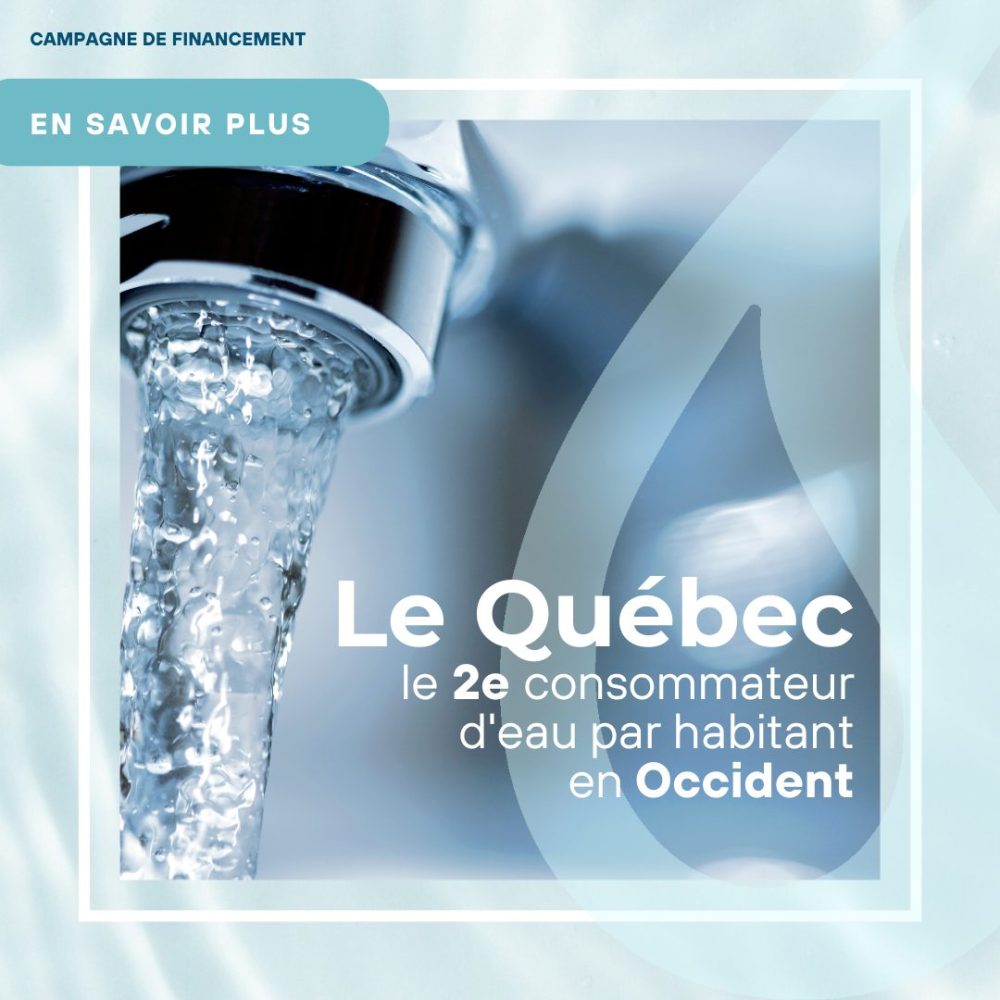
It’s a well-known fact that not all water is fit to drink. South Africa, for example, has been experiencing a historic drinking water crisis affecting millions of its inhabitants since 2020, despite its enviable position at the junction of two oceans. They have access to water, so why this crisis? The country’s situation cannot be reduced to a single problem. In addition to the operating system, inadequate infrastructure and drought, South Africa, despite its geographical position, has limited access to “potable” water.
In fact, there are two types of naturally occurring water on Earth: freshwater and saltwater (seawater). Freshwater is defined as having a salinity of less than 1 g/L. Most freshwater is found on land. It is estimated that only 2.5% of the earth’s water is fresh and therefore fit for human consumption.
Reference: Allô Prof
For land mammals like us, consuming salt water leads to dehydration, making it unfit for consumption.
Reference: Le Figaro Nautisme
Quebec alone has 3% of the planet’s renewable freshwater reserves, for a population of just 0.11% of the world’s total. Canada, on the other hand, has 7% of the world’s renewable freshwater reserves, for a population representing just 0.48% of the global total.
The two graphs below illustrate the relationship between freshwater availability and population:
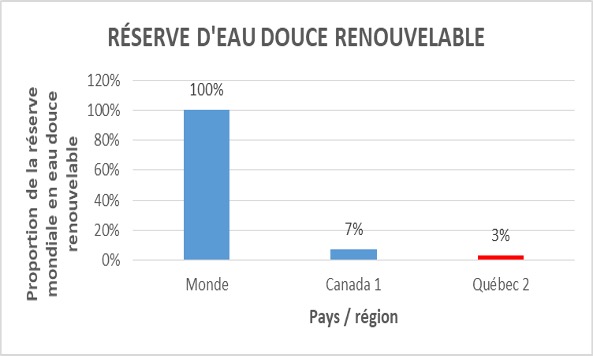
References – Water availability:
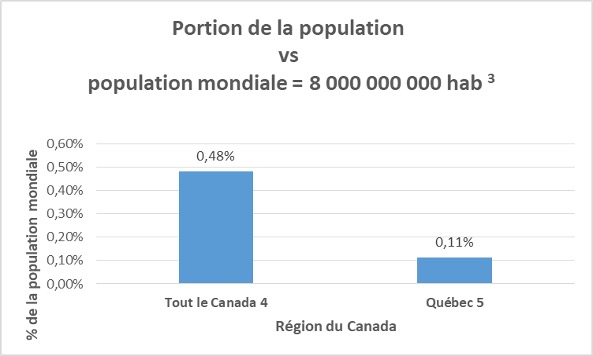
References – Availability of renewable fresh water (Continued) :
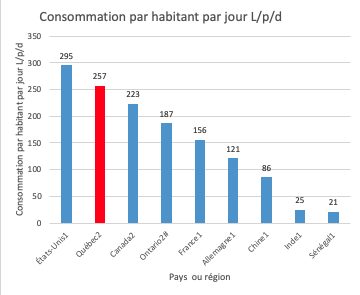
References – Water consumption:
Note: The consumption values referred to in the table above represent the average daily residential use only per capita of the population actually served.
It’s easy for Quebecers and Canadians to assume that they have an almost inexhaustible supply of healthy freshwater. After all, we’ve often been told that Canada possesses some 20% of the world’s freshwater resources. However, less than half of this water – 3% for Quebec and around 7% for Canada – is “renewable”. Most of this is fossil water found in lakes, aquifers and glaciers.
So, Canada (including Quebec) still seems to be well supplied with water. However, more than half of the country’s freshwater drains northwards into the Arctic Ocean and Hudson Bay. As a result, this water is inaccessible to 85% of Canada’s population, who live in the southern part of the country, close to the Canada-US border. The remaining reserves, though still abundant, are heavily used and often overexploited.
Government of Canada – Water: Frequently Asked Questions-How much fresh water does Canada have?
Poor management of this resource and its over-consumption are becoming problematic, and it is urgent to find solutions to the issues threatening our drinking water.
C.I.EAU’s mission is to promote the protection and responsible use of water. This primary mission includes two secondary missions: to explain the technical aspects related to the production and distribution of drinking water, to the responsible use of this precious resource, and to the ecological disposal of wastewater in urban areas.
Help us educate present and future generations by giving generously.

Merci de votre intérêt pour notre campagne de financement. Voici les choix qui s’offrent à vous.
Cette option vous permet de simplement donner un montant à la campagne. C’est la solution la plus simple
Cette option vous permet de soutenir la campagne en choisissant de faire un don au nom d’une équipe ou d’une personne spécifique déjà engagée dans notre collecte de fonds.
En choisissant de contribuer directement à une équipe ou à un individu, vous les aidez à atteindre leur objectif personnel, tout en renforçant l’impact de la campagne globale. Votre don compte double : il motive leur engagement individuel et soutient notre mission.
Cette option vous permet de créer à votre tour votre équipe personnelle ou une sous-équipe à l’intérieur d’une équipe déjà formée ayant pour objectif d’aider le ou la propriétaire de l’équipe à atteindre ses objectifs.
À la suite de votre inscription, un lien personnalisé sera créé, qui vous permettra de collecter des dons en votre nom personnel et au nom de l’équipe.
Lors du processus de paiement, il y aura un champ qui vous invitera à soutenir la plateforme Zeffy. Nous vous invitons à sélectionner “autre” dans le menu déroulant et incrire le montant de votre choix, de 0$ à infini.
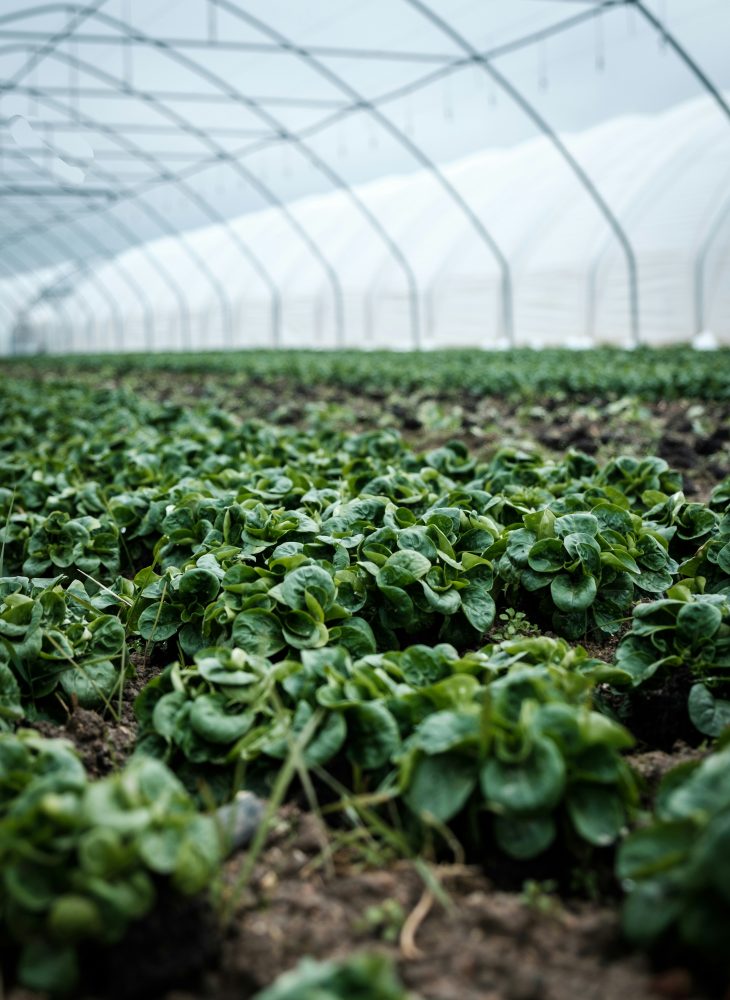
La réponse est 306 litres par personne par jour!
Pour obtenir ce nombre, il suffit de soustraire la quantité connue pour le résidentiel (267) à la quantité distribuée à l’ensemble de la population au Québec ce qui donne un approximatif de 306 litres de consommation par l’industrie.
Si vous êtes sur place, vous pouvez aussi rechercher le prochain code QR !
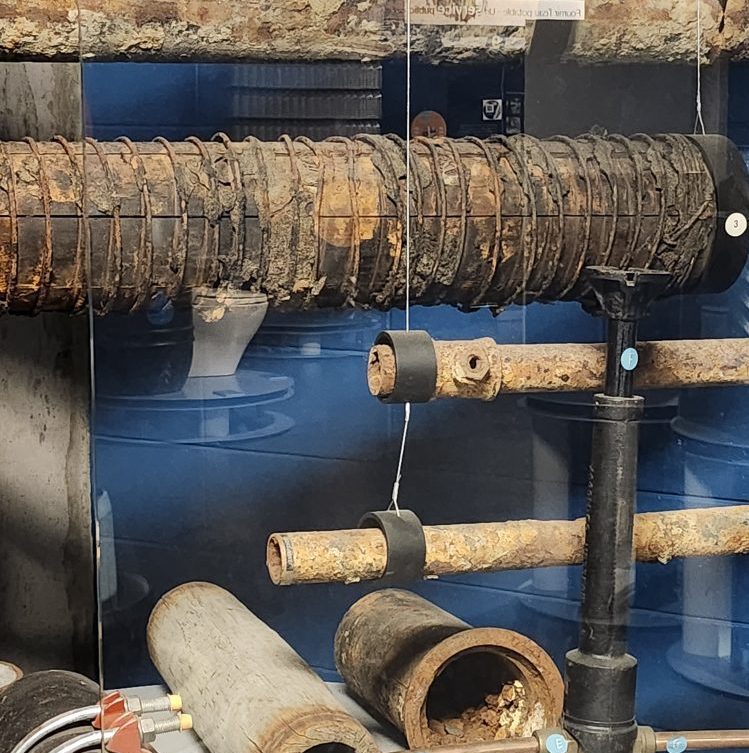
Les conduites étaient construites avec du bois avant le 20ème siècle.

La réponse est Faux.
Lorsque vous ajoutez un glaçon dans un verre rempli à moitié d’eau potable, le niveau de l’eau va rester le même. Cela est dû au fait que la densité de l’eau sous forme solide et liquide est la même. La glace occupe un plus grand volume que l’eau liquide.
Si vous êtes sur place, vous pouvez aussi rechercher le prochain code QR !

La mauvaise qualité de l’eau potable cause près de 3,4 millions de morts chaque année.
Si vous êtes sur place, vous pouvez aussi rechercher le prochain code QR !

La réponse est Faux
Pour obtenir un bon verre d’eau froide, il vaut mieux remplir une carafe d’eau du robinet et la placer au réfrigérateur. Après une heure, l’eau sera froide et rafraîchissante.
Si vous êtes sur place, vous pouvez aussi rechercher le prochain code QR !

La réponse est oui, les glaciers que l’on retrouve au pôle Nord et Sud contiennent 79% de l’eau douce du globe!
Pour aller plus loin : Notre planète possède deux réfrigérateurs très efficaces qui permettent de garder un équilibre des températures. Depuis quelques dizaines d’années, ceux-ci conservent moins bien le froid puisque les changements climatiques nuisent au maintien de cet équilibre fragile. Pour en apprendre davantage sur les glaciers consultez ce lien.
Si vous êtes sur place, vous pouvez aussi rechercher le prochain code QR !

La Ville de Laval était submergée par la mer de Champlain.
Si vous êtes sur place, vous pouvez aussi rechercher le prochain code QR !

Il y a 10 étapes pour produire de l’eau potable soit : le captage ; le dégrillage ; la coagulation ; la floculation ; la décantation ; l’ozonation, la filtration, la chloration ; l’ajustement du pH ; la distribution.
Si vous êtes sur place, vous pouvez aussi rechercher le prochain code QR !

La réponse est l’alun!
L’alun agit comme un aimant. Il attire les particules qui flottent dans l’eau pour qu’elles se regroupent en plus grande concentration et qu’elles deviennent plus lourdes. Ainsi les particules deviennent plus pesantes (denses) et vont être attirées ver le fond du bassin.
Si vous êtes sur place, vous pouvez aussi rechercher le prochain code QR !
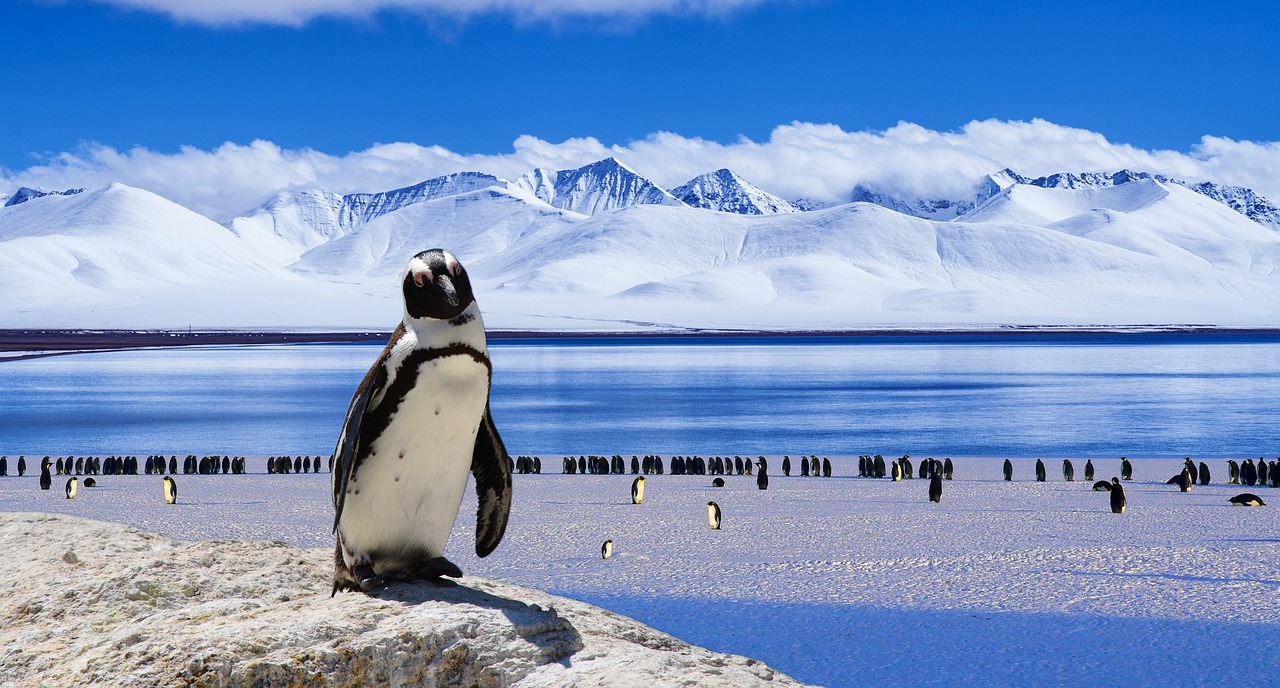
Si tu as sélectionné l’ours polaire, tu as vu juste. Toutefois, tous ces animaux sont en danger d’extinction, même l’arbre, le noyer cendré qui pousse en Amérique du Nord ! L’impact du changement climatique est planétaire et le père Noël en est bien conscient.

L’eau est un solvant universel puisqu’elle peut dissoudre presque tout ! Ajoute du sel, du sucre et même des pinceaux avec de la peinture. Tu observeras que l’eau va changer de couleur ou de goût puisque tout sera dissout !
Si vous êtes sur place, vous pouvez aussi rechercher le prochain code QR !
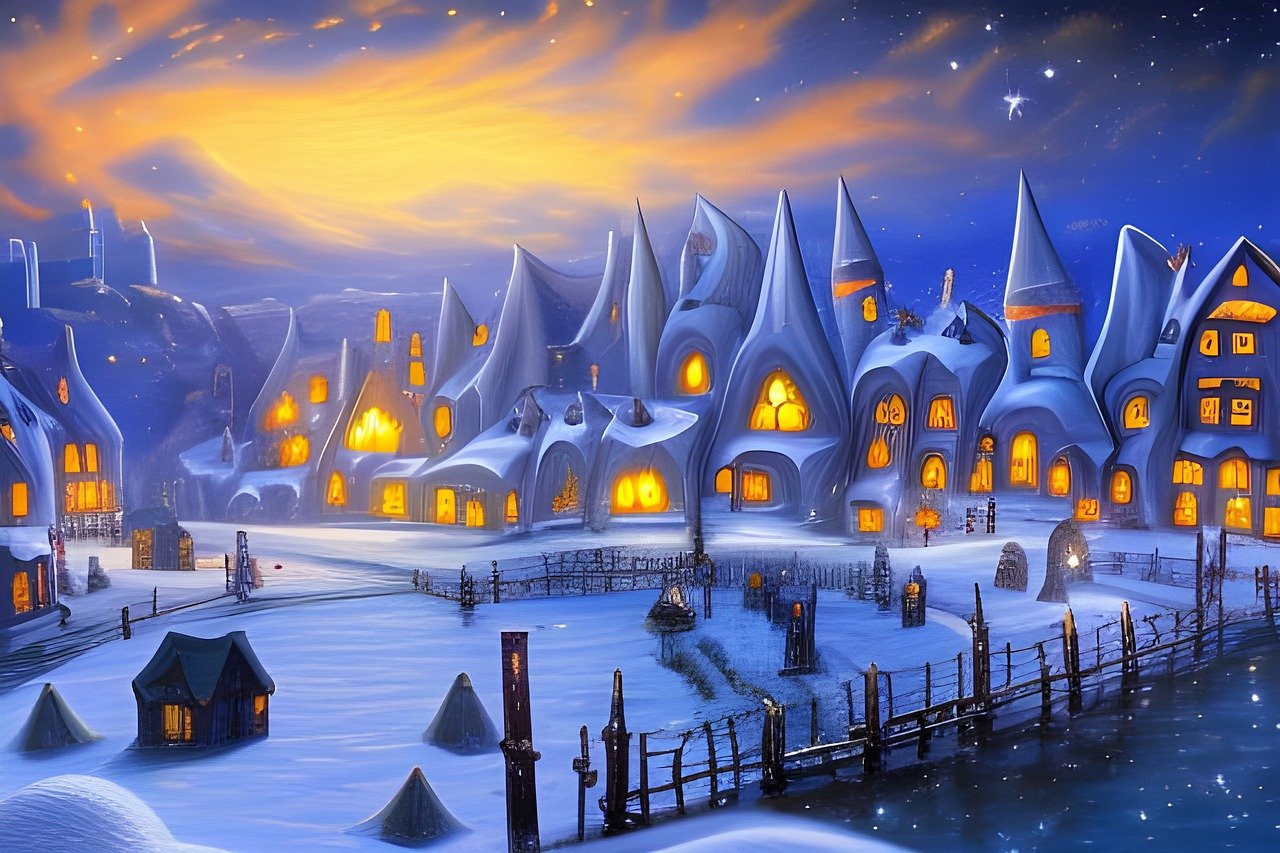
La réponse est 2,8%!
Si vous êtes sur place, vous pouvez aussi rechercher le prochain code QR !
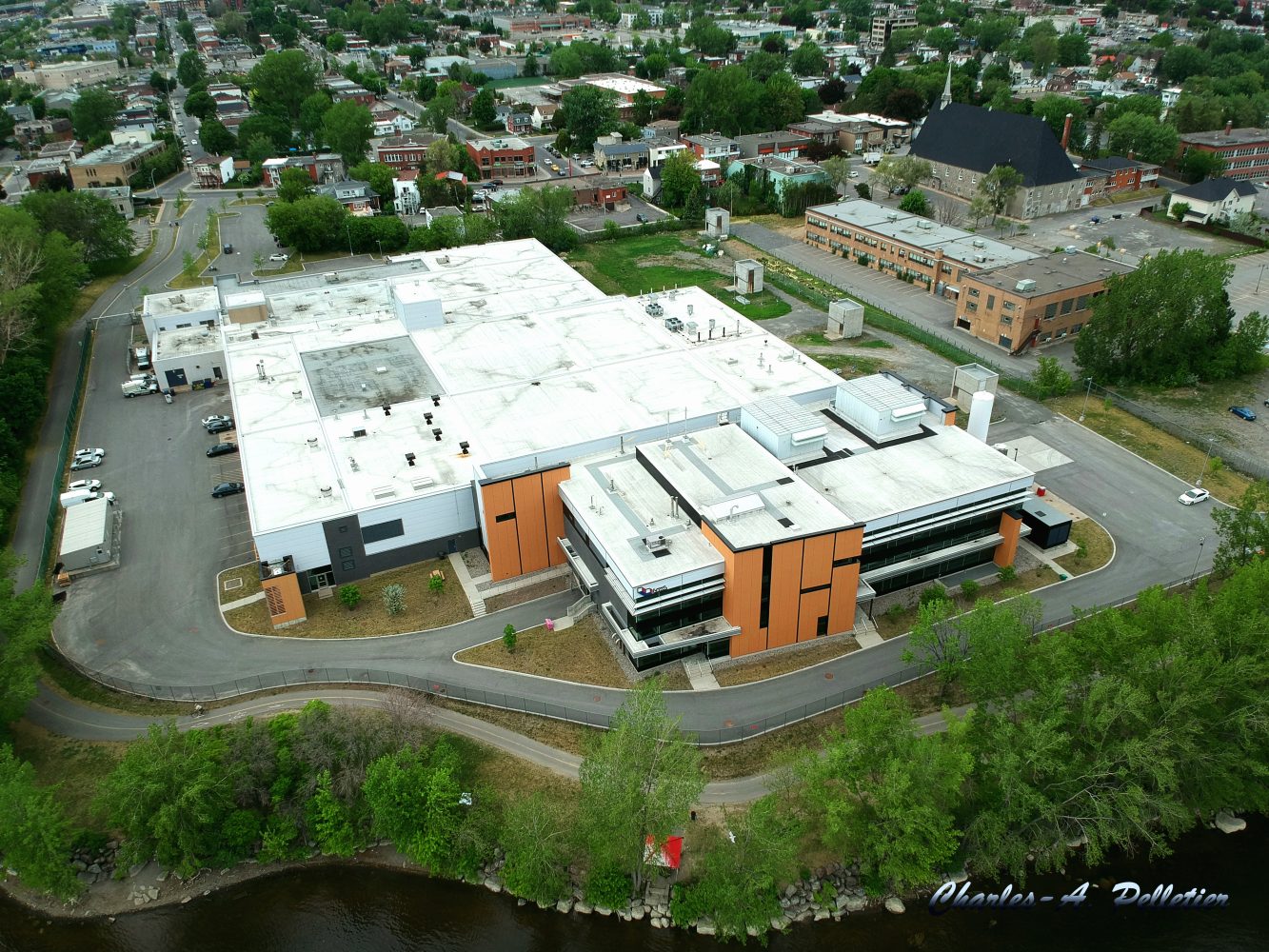
La réponse est en tout temps!
Une installation emploie 12 à 20 personnes, mais il arrive que moins de 5 gardent le fort pour opérer la station. Imagine la préparation des cadeaux pour tous les enfants du monde s’il manquait autant de lutins que de travailleurs en station !
Si vous êtes sur place, vous pouvez aussi rechercher le prochain code QR !

La réponse est mètres cubes!
Un mètre Cube ou (1m3) est l’équivalent de 1000 Litres d’eau ou d’une autre substance liquide.
Si vous êtes sur place, vous pouvez aussi rechercher le prochain code QR !
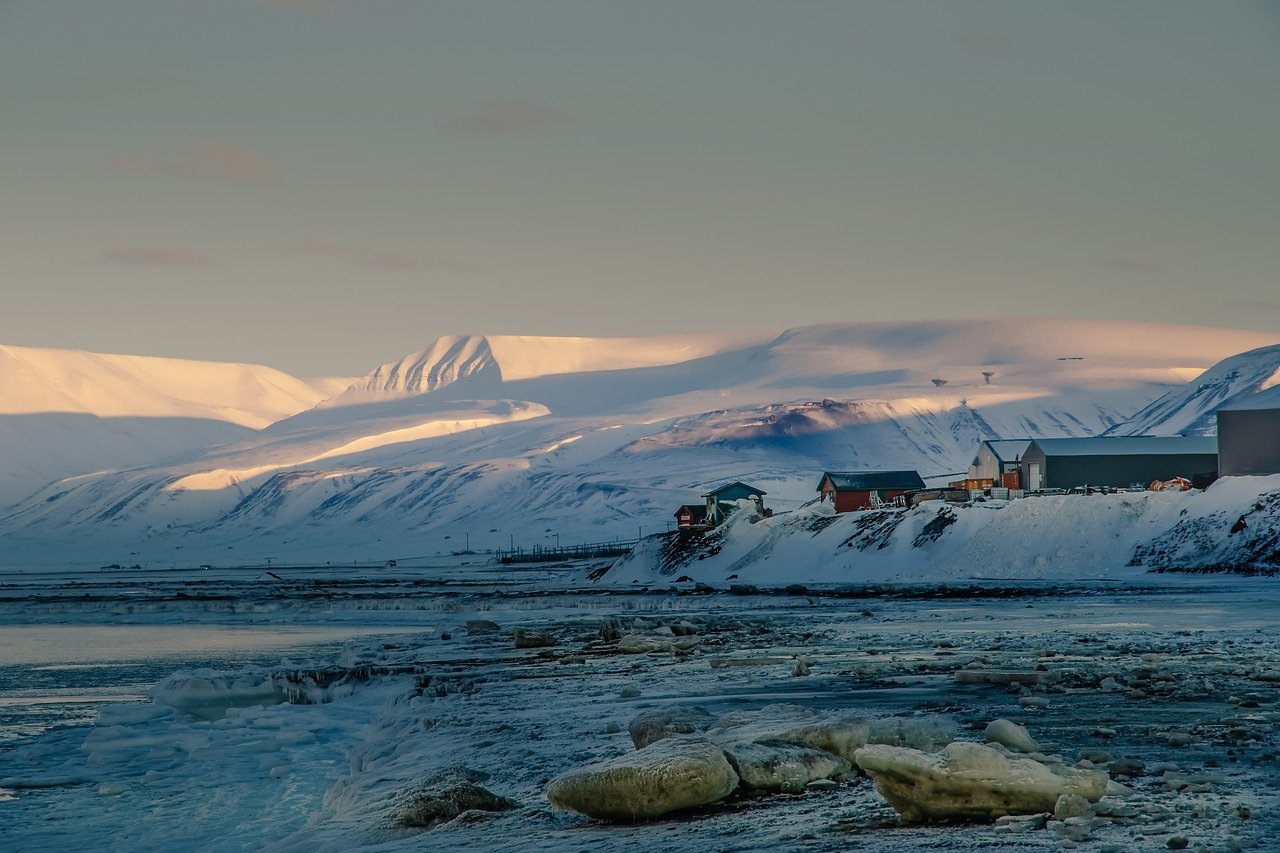
La réponse est 1600 kilomètres!
C’est 300 km de moins que la ville la plus près du pôle Nord soit la ville de Longyearbyen.
Source : https://www.grands-espaces.com/decouvertes/longyearbyen-la-ville-la-plus-septentrionale-au-monde/
Si vous êtes sur place, vous pouvez aussi rechercher le prochain code QR !
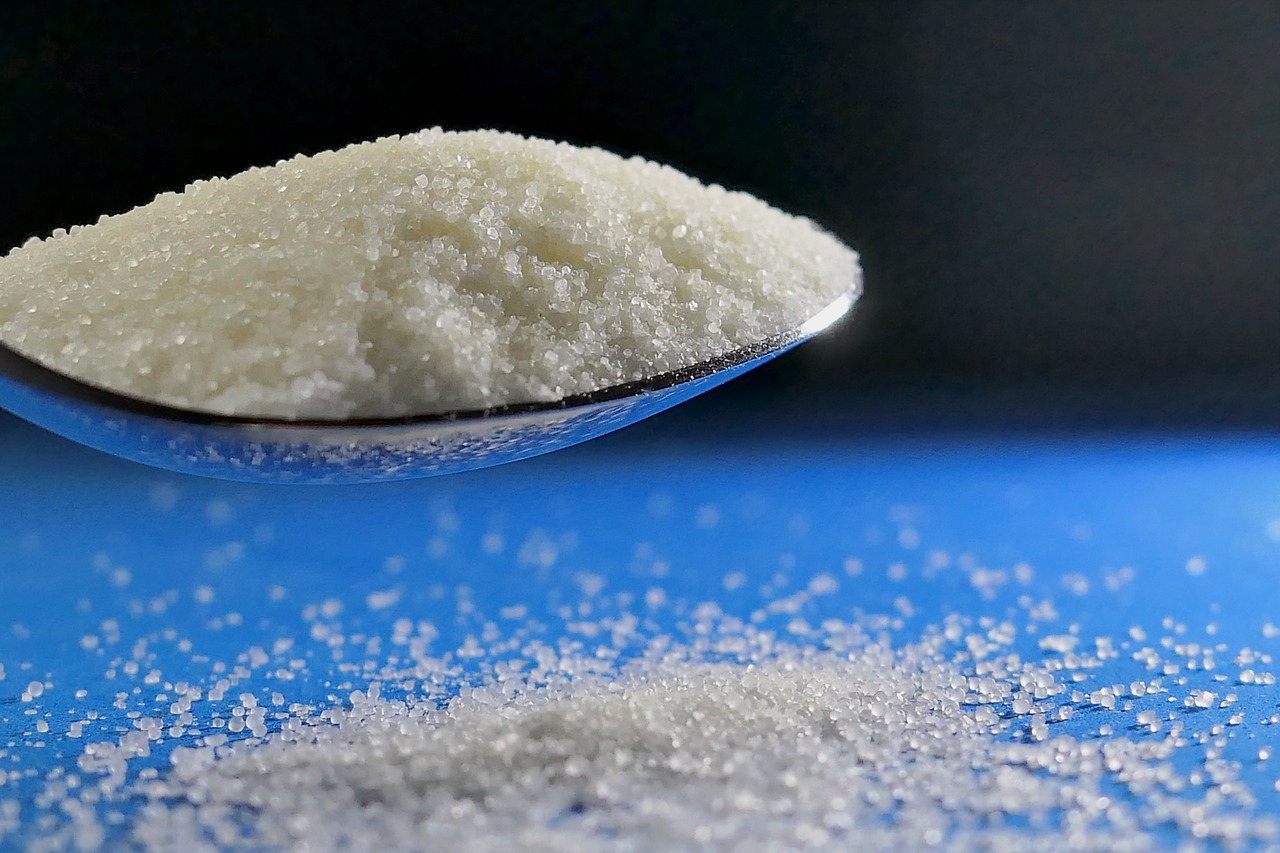
La réponse est chlorure de sodium!
Si vous êtes sur place, vous pouvez aussi rechercher le prochain code QR !

La réponse est 1 à 3%!
Nous consommons beaucoup plus d’eau pour des usages quotidiens comme la lessive et la vaisselles 21%, une douche de 15 minutes la toilette ou le bain 41%. Une réalité qui s’applique à tout le monde même le père Noël!
Si vous êtes sur place, vous pouvez aussi rechercher le prochain code QR !
La qualité de l’eau douteuse
La réponse se trouve à l’exposition permanente
“Une histoire de la qualité de l’eau”

Le dégrillage
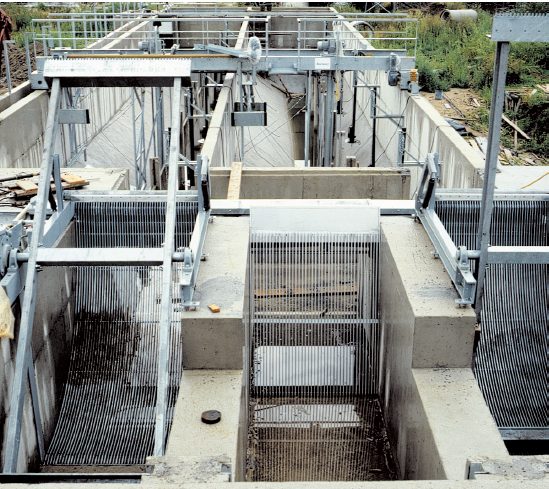
PROCÉDEZ À LA PROCHAINE QUESTION!
L’Ozone
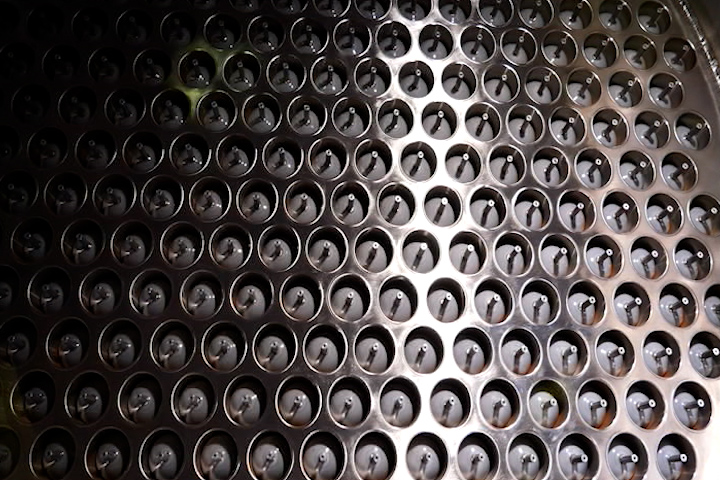
PROCÉDEZ À LA PROCHAINE QUESTION!
L’ingénieur(e) de la station

PROCÉDEZ À LA PROCHAINE QUESTION!
La quantité d’eau utilisée pour fabriquer un jean est 9450 litres.

PROCÉDEZ À LA PROCHAINE QUESTION!
La quantité d’eau douce est accessible pour les humains est de seulement 0.07%
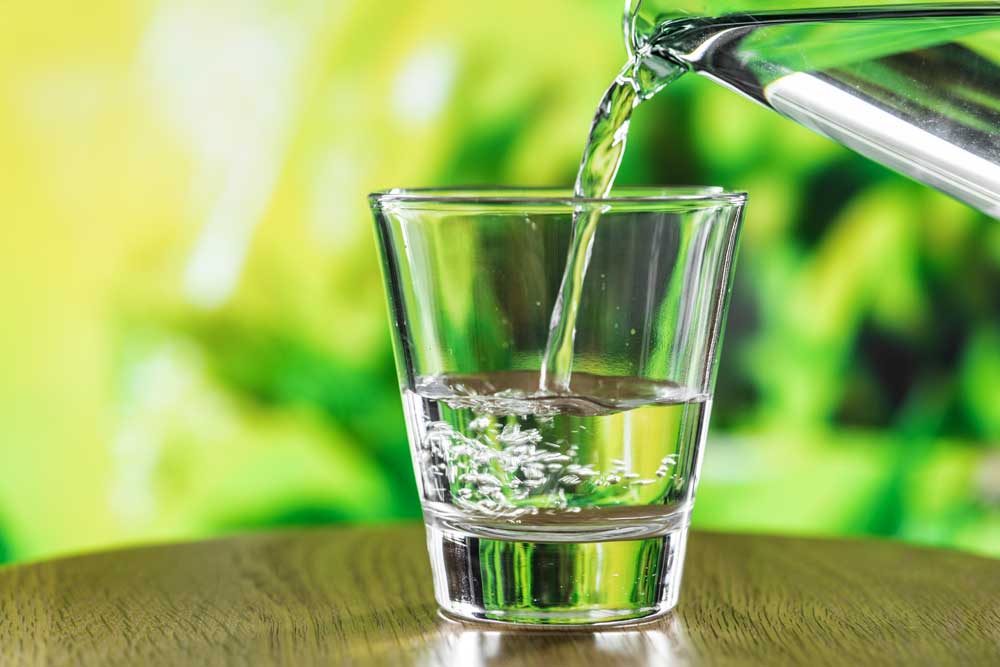
PROCÉDEZ À LA PROCHAINE QUESTION!
Les 3 sont des bonnes réponses!
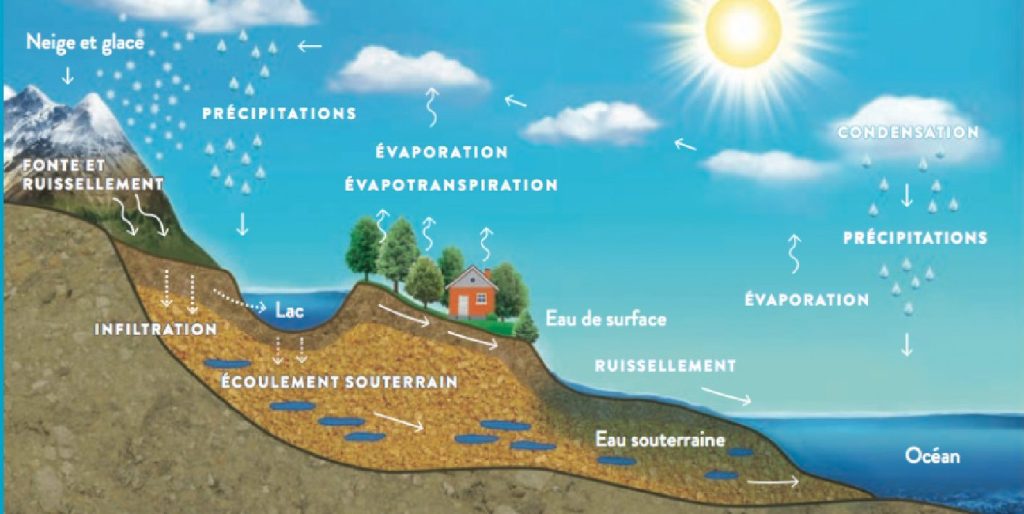
PROCÉDEZ À LA PROCHAINE QUESTION!
Usine d’assainissement Fabreville; Station d’eau potable Sainte-Rose; Usine d’assainissement d’Auteuil
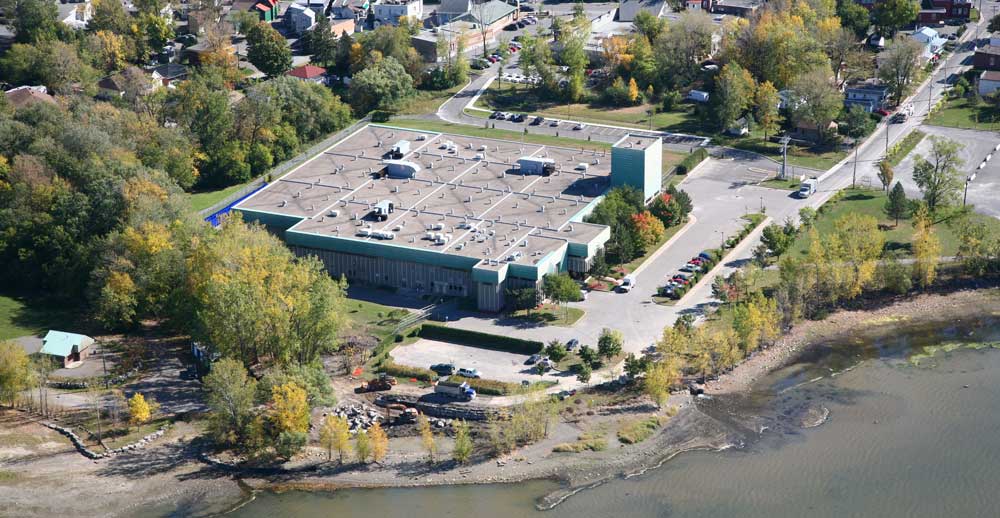
PROCÉDEZ À LA PROCHAINE QUESTION!
Augmentation de la concentration des gaz à effet de serre dans l’atmosphère découlant de l’activité humaine
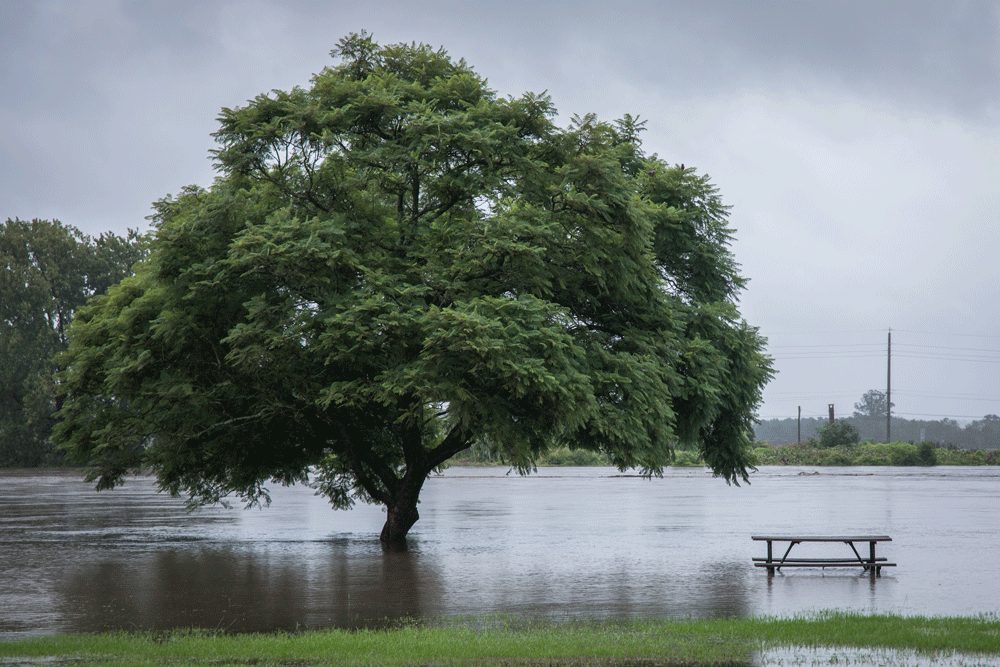
PROCÉDEZ À LA PROCHAINE QUESTION!
La qualité de l’eau

PROCÉDEZ À LA PROCHAINE QUESTION!
Une fosse Imhoff
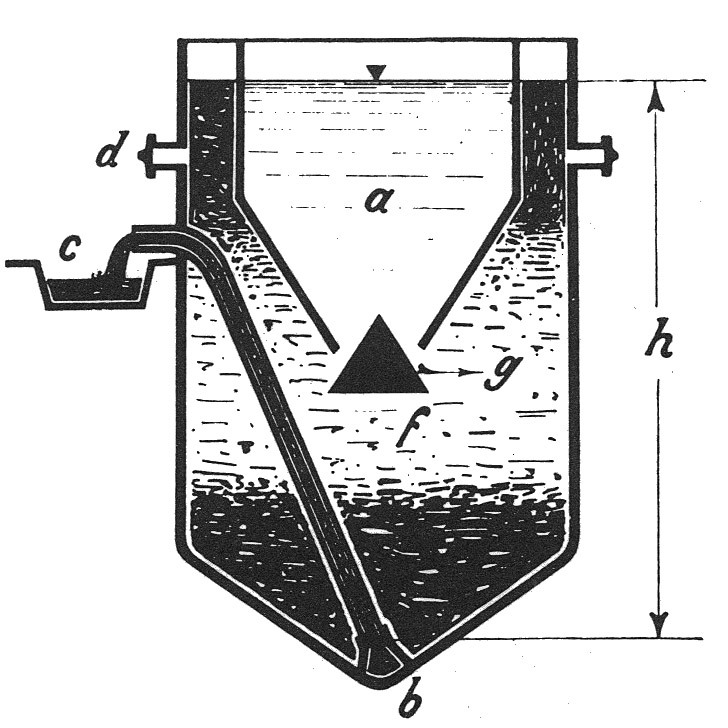
PROCÉDEZ À LA PROCHAINE QUESTION!
1998
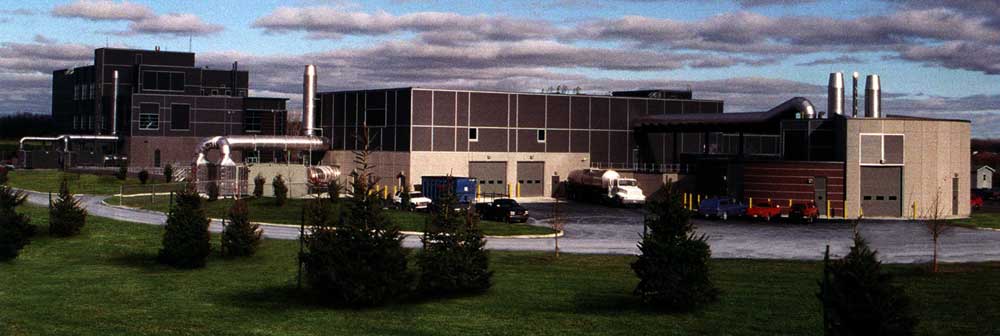
PROCÉDEZ À LA PROCHAINE QUESTION!
Le grand héron
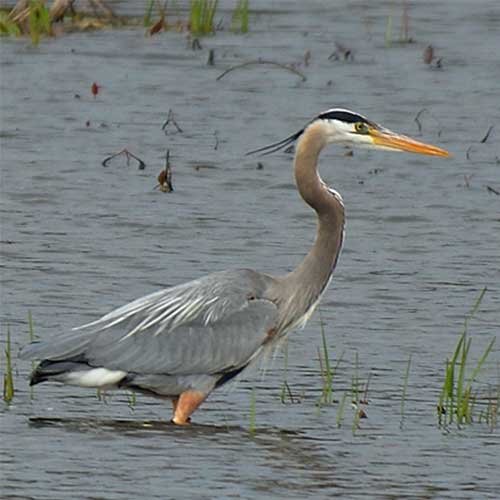
PROCÉDEZ À LA PROCHAINE QUESTION!
Frank Sinatra

PROCÉDEZ À LA PROCHAINE QUESTION!
La tortue serpentine
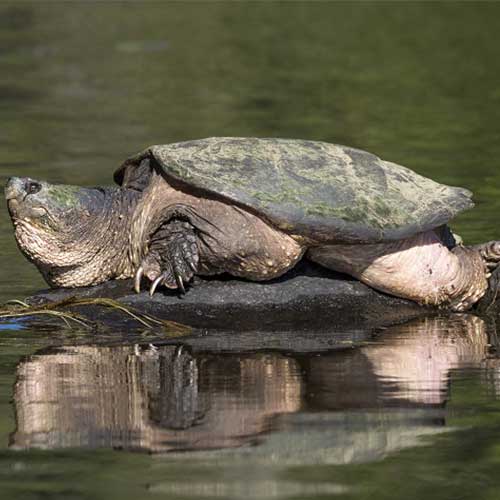
PROCÉDEZ À LA PROCHAINE QUESTION!
L’Escherichia coli aussi connu sous le nom de E. Coli
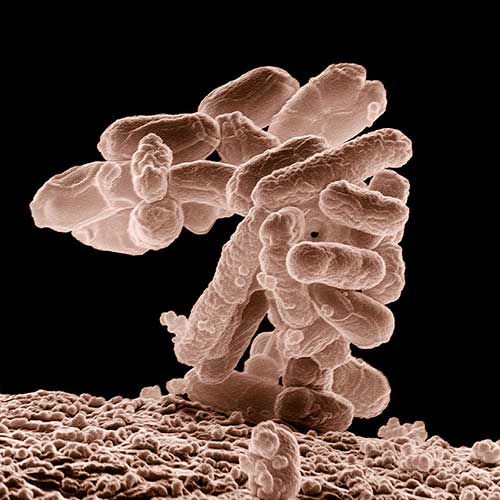
PROCÉDEZ À LA PROCHAINE QUESTION!
La lézardelle penchée

PROCÉDEZ À LA PROCHAINE QUESTION!
Le dégrillage
La réponse se trouve à l’exposition temporaire
“Une histoire de la qualité de l’eau”
